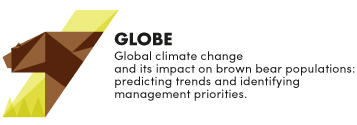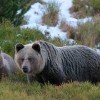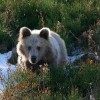Stated preference methods have long been an invaluable research tool in understanding consumer behaviour, and their popularity has increased further in recent years. Stated preference methods identify behavioural responses in hypothetical settings which are not revealed in the market, or where the attribute levels offered by existing choices are modified to such an extent that the reliability of revealed preference models as predictors of response is brought into question. They are widely used in different areas ranging from environmental and health applications to transport and marketing.
Stated preference methods include a number of different approaches, where the two most popular are Choice Experiment and Contingent Valuation. In "choice experiment" respondents are asked to indicate the most preferred option from a limited set of alternatives that vary in terms of their explicit characteristics, also known as attributes. In "contingent valuation" respondents are asked whether or not they would be willing to pay a certain amount of money for a given change in the level (or quality) of a valued good.
Climate-induced effects on brown bear populations may include an increase (or decrease) in bear numbers, an expansion (or shrinkage) of their range into new areas or bears being more active in winter, and, therefore, may increase the probability of occurrence of human-bear encounters. Most injuries caused by brown bears to humans seem to be associated with the period prior to, during and post denning. One of the aims of GLOBE is assessing with the use of stated preference methods the economic and human dimension of projected changes in human bear relations.
This aim will be achieved by:
• Assessing the values associated with brown bears in Poland and Norway. We will conduct a stated preference study, in which preferences regarding the existing brown bear populations will be assessed. The surveys will be conducted in both countries on two samples: a representative national sample and a representative sample of people living in the regions where brown bears are present.
• Determine the socio-economic impact that an increase in the brown bear population and an expansion of their current distribution range into new areas would have in both countries. This objective will be achieved by conducting an stated preference study in which different scenarios of brown bear range expansion related to climate change will be presented to respondents.
• Explore whether there is a positive/negative relation between bear presence in a given area and willingness to pay for its protection. Understanding this relationship is essential for an effective conservation strategy. Special emphasis will be put in areas where brown bears are currently not present, but could be present in the future due to population expansion or range shifts.
• Investigate the socio-economic consequences of potential changes in bear’s ecology and behavior (e.g. bears being active in winter may increase the probability of encounters with humans). This will be examined by carrying out a choice experiment study on a sample of tourists in the Tatra National Park.





















